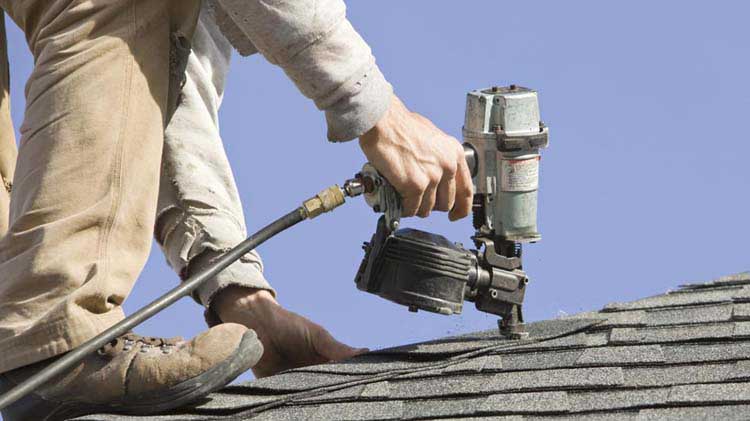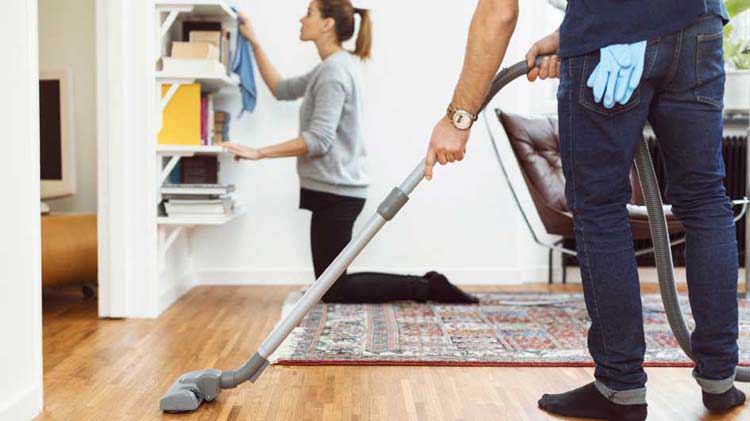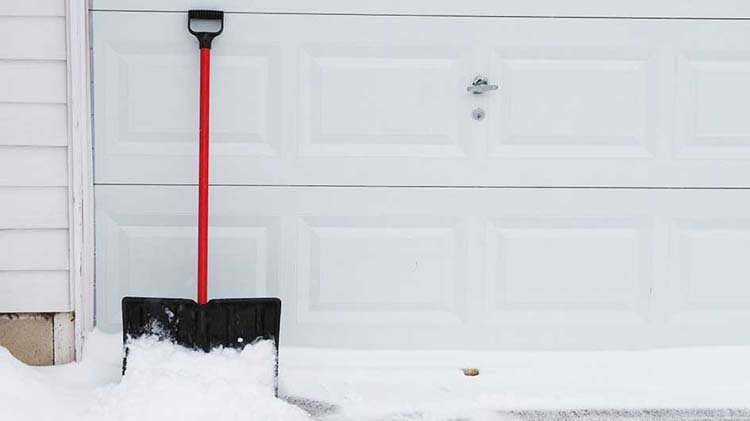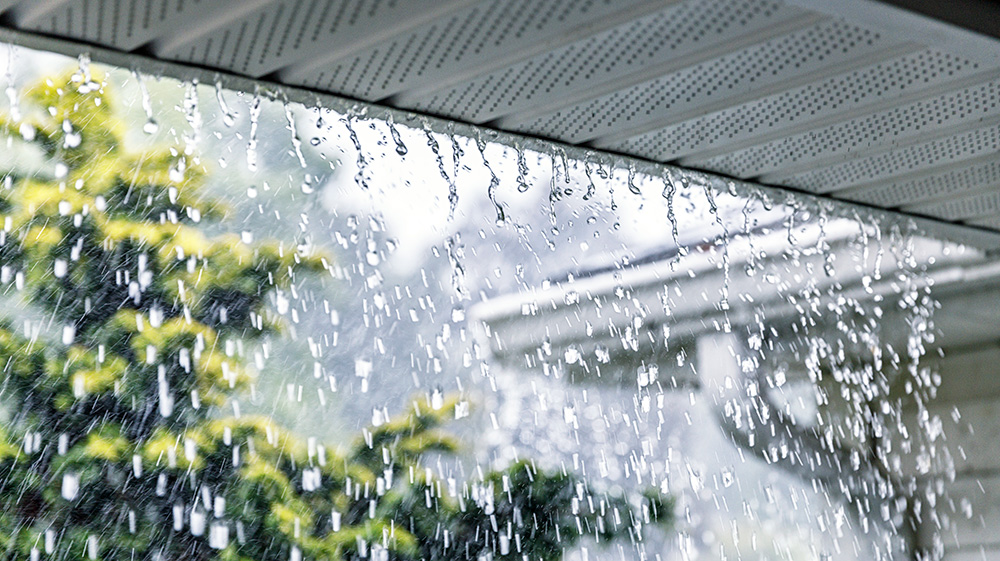Roof maintenance tips for your home
Learn how to recognize the first signs of a problem, and take steps to make your roof stronger.
Every second of every day, your roof is put to the test. Sunlight can cause shingles to curl and crack, and a stuffy, overheated attic can make them age faster. To keep air flowing in your attic, have baffles installed to prevent the insulation from blocking the soffit vents. Rain and hail can also cause damage to shingles — and hurricane-force winds can tear them away and even blow off the underlying decking. Over time, even a small roof leak can lead to expensive repairs. Why not stop damage before it starts? Learn how to recognize the first signs of a problem, and take steps to make your roof stronger.
Roof damage — signs to look for
Outside your home
- Look for shingles that are missing, curling, cupping, broken or cracked. Check valleys for damaged or deteriorated materials.
- Look in gutters and downspouts for excessive granular loss. Manufacturers cover asphalt composition shingles with granules to block ultraviolet rays from the sun, but natural aging will cause granules to erode and expose the asphalt. Granular loss begins during installation and occurs daily. This is an expected condition, but excessive loss may indicate a problem.
- Blisters, or small bubble-like raised areas on shingles, may appear when moisture trapped between the shingle layers is heated and rises to the surface. These blisters can break open, causing grit to fall away. Blisters are often a result of poor ventilation in the attic, causing heat to build up beneath the roof.
- The dark stains and streaks that sometimes develop on roofs (especially roofs with light-colored shingles) are caused by blue-green algae. This is more likely to happen in hot, humid areas. Algae can damage shingles over time, and should be removed by a professional roof cleaner.
- Tree branches that are rubbing against the roof should be trimmed.
- Flashing around plumbing vents and chimneys should not be rusty, cracked or loose.
- Keep roof, valleys, gutters and downspouts free from leaves, twigs and other litter to allow for proper drainage.
- Water should not be pooling on low-pitched roofs. This may be an indication of inadequate drainage.
Inside your home
- Check the attic for leaks which often leave dark stains on rafters and the underside of decking. Most likely areas are around the chimney, vents, skylights and valleys.
- Check for mold on the underside of roof decking. This usually happens when ventilation is poor, and moist air builds up in the attic.
- See if decking is sagging between the rafters. Sagging decking materials or broken rafters may have been badly damaged by consistent, long-term leaking.
- Make sure soffit and ridge vents, gable vents and any roof vents aren't blocked by insulation or storage items. Proper ventilation will help prevent structural damage caused by moisture, increase roofing material life, reduce energy consumption and enhance the comfort level of the rooms below the attic.
- The requirements for proper attic ventilation may vary greatly, depending on the part of the United States in which a home or building is located, as well as the structure's conditions, such as exposure to the sun, shade and humidity.
- Make sure that your attic floor is covered with a gap-free layer of insulation to help prevent heated or air-conditioned air from escaping your home.
When it's time to replace your roof
Your shingles may have a warranty of 15, 30 or even 50 years, but they may not last as long depending on the pitch of your roof, quality of the installation, quality of the attic ventilation and weather conditions in your area. If you have bad roof shingles or your roof is showing serious signs of wear, ask a roofing professional to inspect it for you and determine whether it needs to be replaced. If your roof has been badly damaged by hail or wind, contact your insurance company. The following are some things to think about before having a new roof installed:
Re-covering an old roof
- If heavy snow, hail or strong winds are common in your area, building codes may not allow covering an old roof with new shingles. In other areas, building codes may only allow one roof re-cover.
- When a re-covered roof wears out, both layers of shingles need to be removed, and new underlayment and shingles installed.
Roof material options
- Asphalt shingles, also known as composition shingles, are the most common type of shingles used on U.S. homes. They are made with either tough roofing felt or a fiberglass mat, saturated with asphalt and coated with mineral granules on the exposed side.
- Slate, available in different colors and grades, is considered very durable. But it is more expensive than other roofing products, and its installation takes special skill and experience.
- Metal roofing products come in panels and shingles. Panels are available in different shapes, while metal shingles often are made to look like wood shingles and tile. Metal roofs are durable and relatively lightweight, though they can be noisy during rain or hailstorms. Some have a Class A fire rating.
- Synthetic roofing products are made to resemble slate and wood shingles and shakes. Some are highly fire- and impact-resistant.
Roof ratings
When you're shopping around for new shingles, remember to check how well they rate for fire, wind and impact resistance. Many roofing products are tested with standards created by Underwriters Laboratories (UL) and FM Global to evaluate how well they stand up to extreme conditions. According to Home Advisor, the following are some ratings you should look for:
- Wind – If your area is prone to high winds or hurricanes, you'll want shingles that are more likely to stay put during a storm. Shingles that have been evaluated according to ASTM D 7158 standard may be given a Class D (90 mph), G (120 mph) or H (150 mph) rating.
- Fire – Fire-resistant shingles are classified by the UL as Class A, B or C, with Class A being the highest.
- Impact – The UL 2218 and FM 4473 standard gives shingles an impact resistance rating of Class 1 (the weakest) through Class 4 (the toughest). Some insurance companies may offer discounts for properties with impact-resistant shingles. Ask your insurance agent if you qualify1.
Keep a lid on roof repair costs
Just by keeping an eye out for problems, you could save your home from damage and spare yourself costly repairs.
Start a conversation today with a State Farm® agent about saving money on your homeowners insurance and learn more home maintenance tips.




